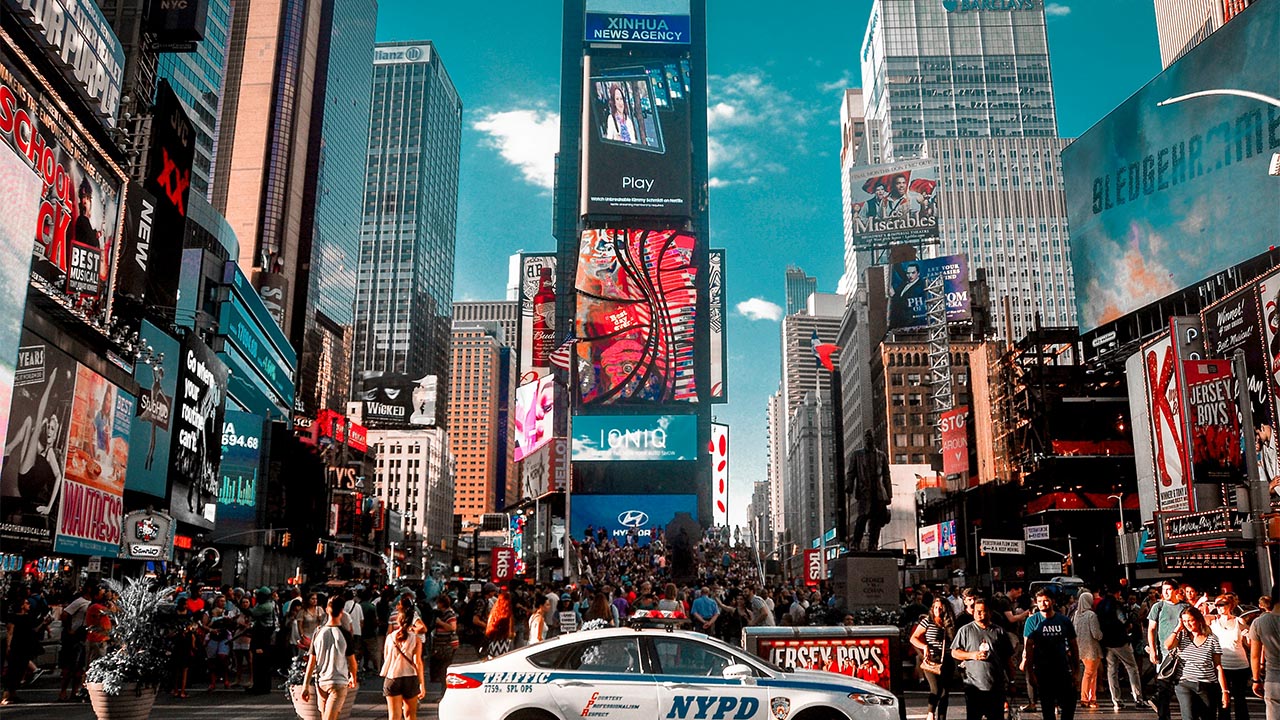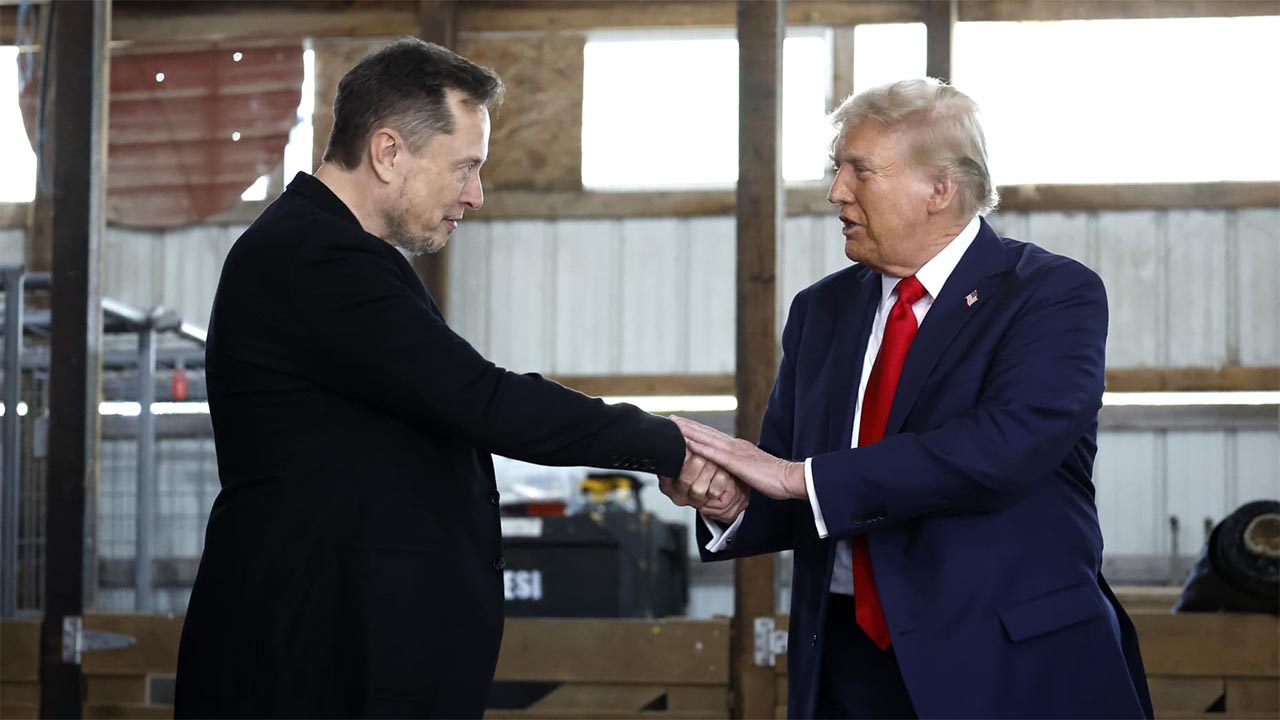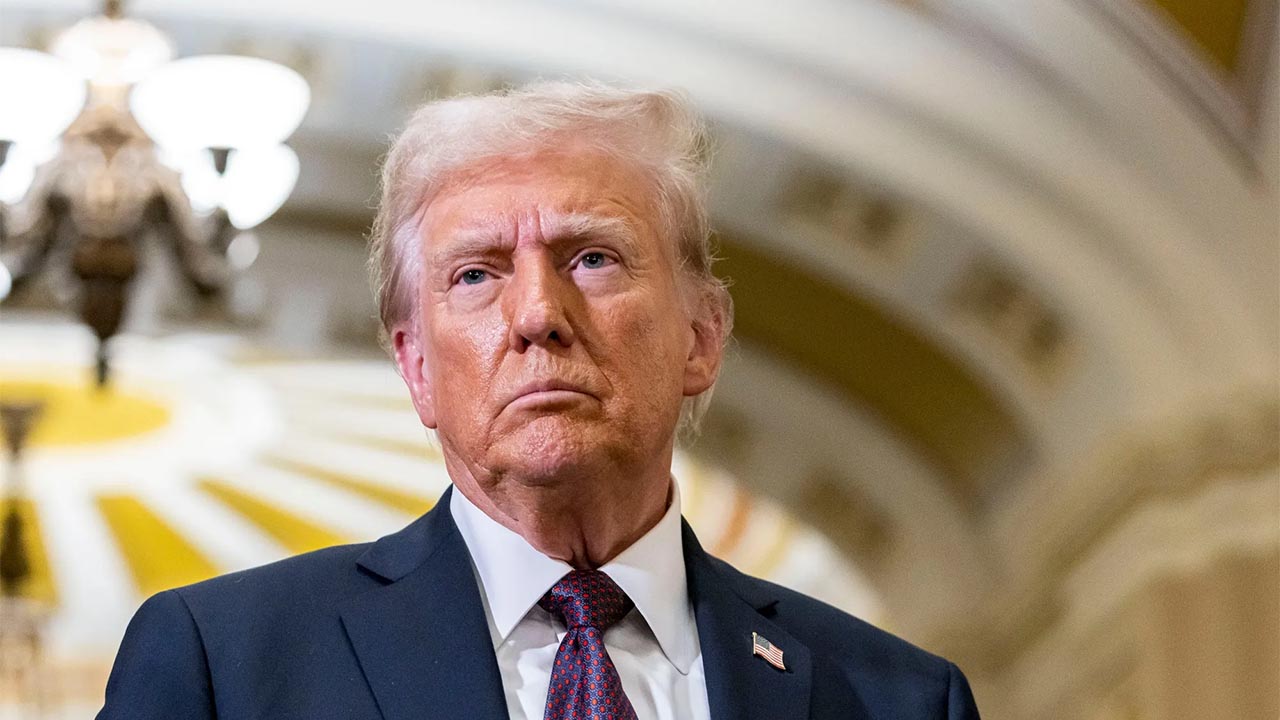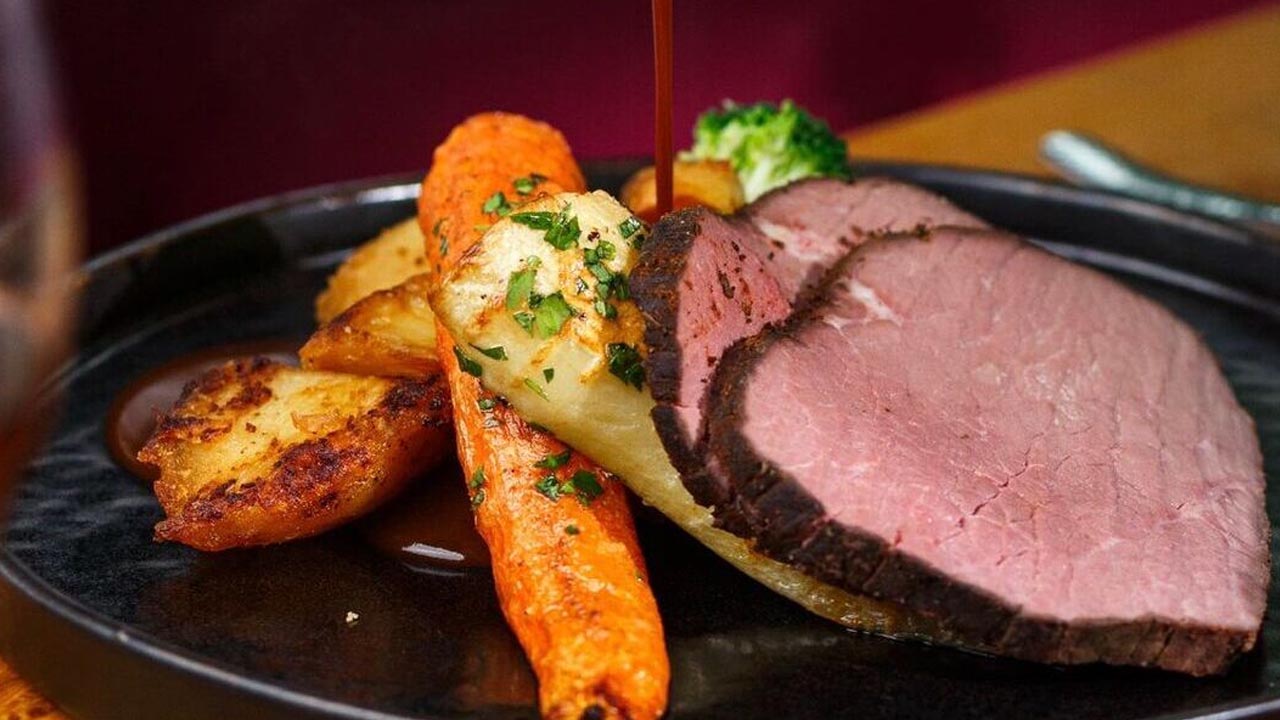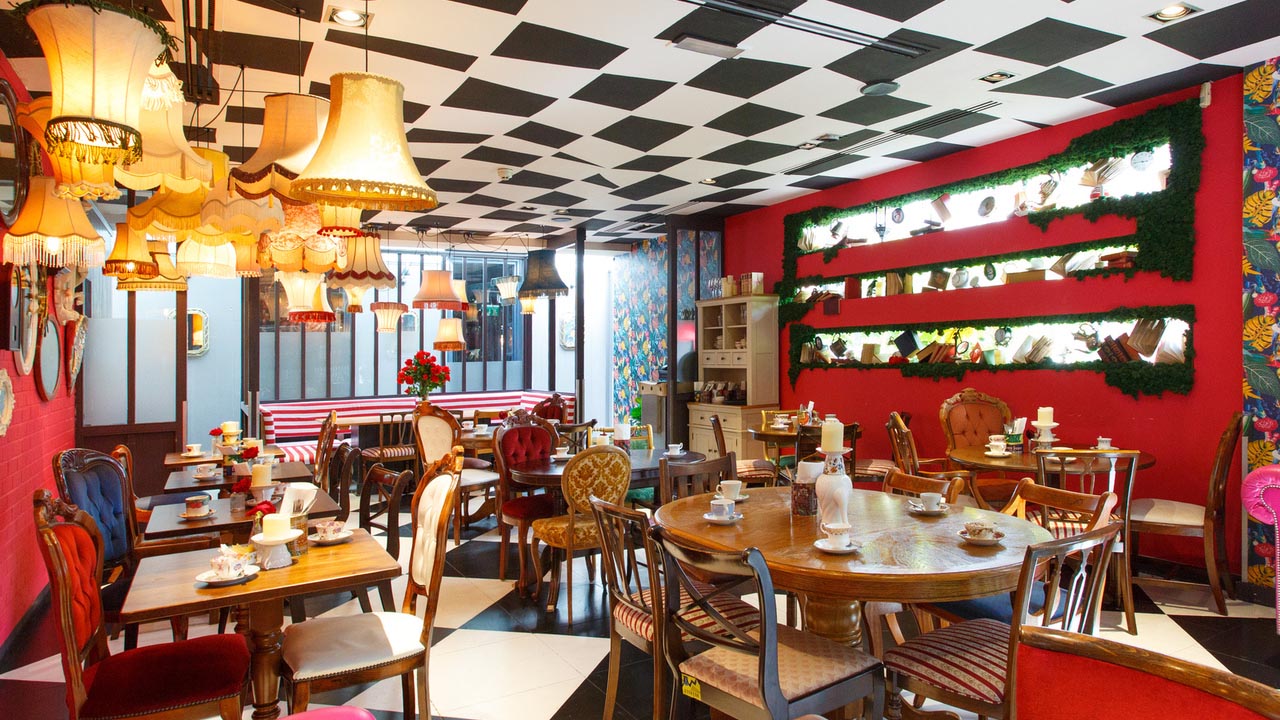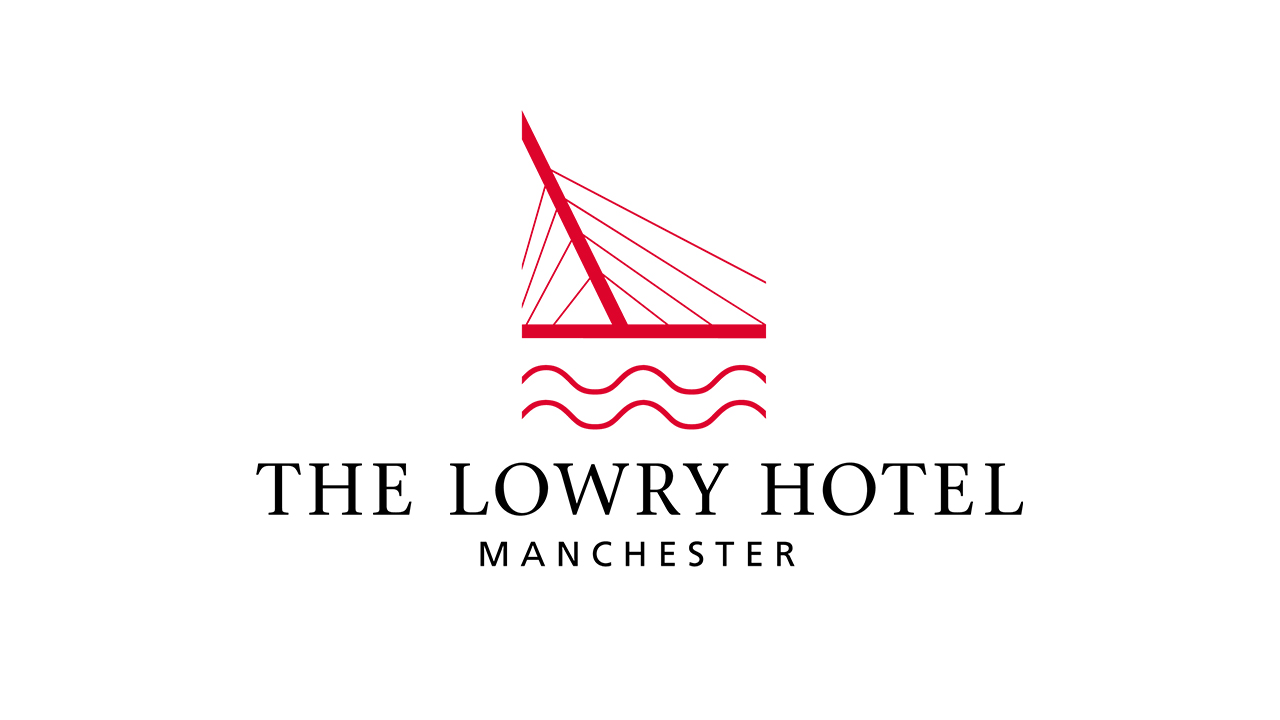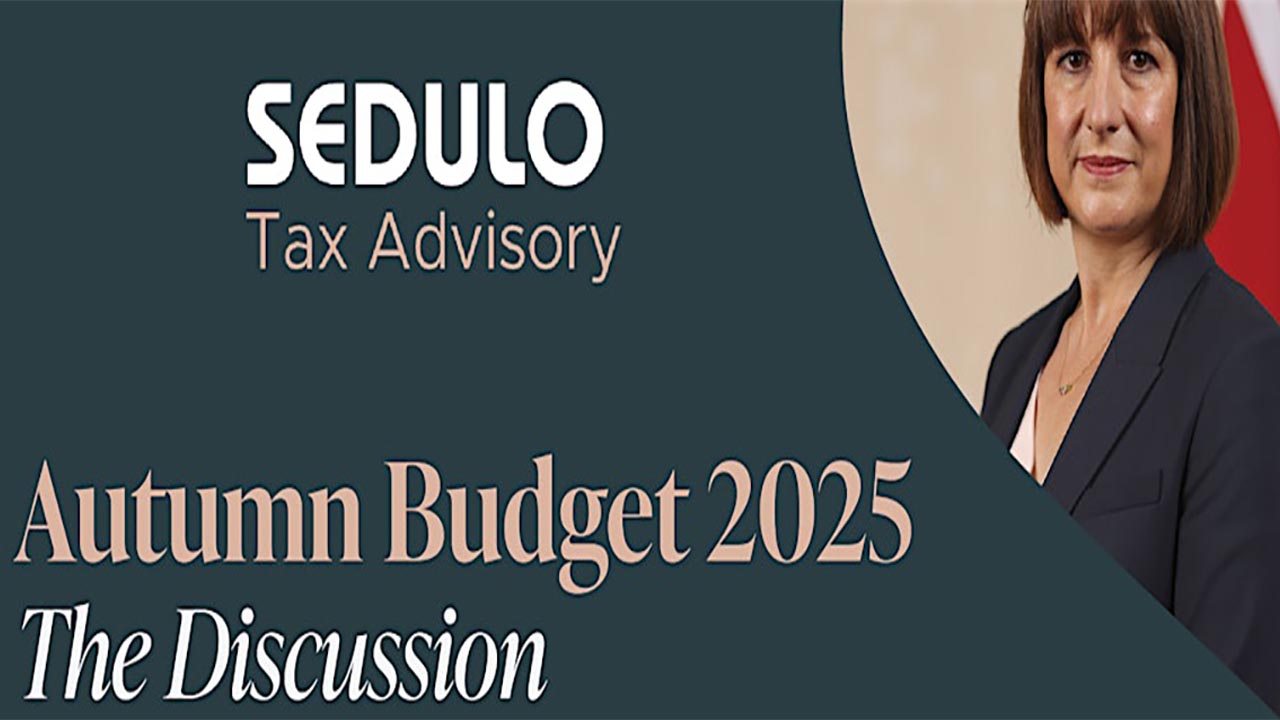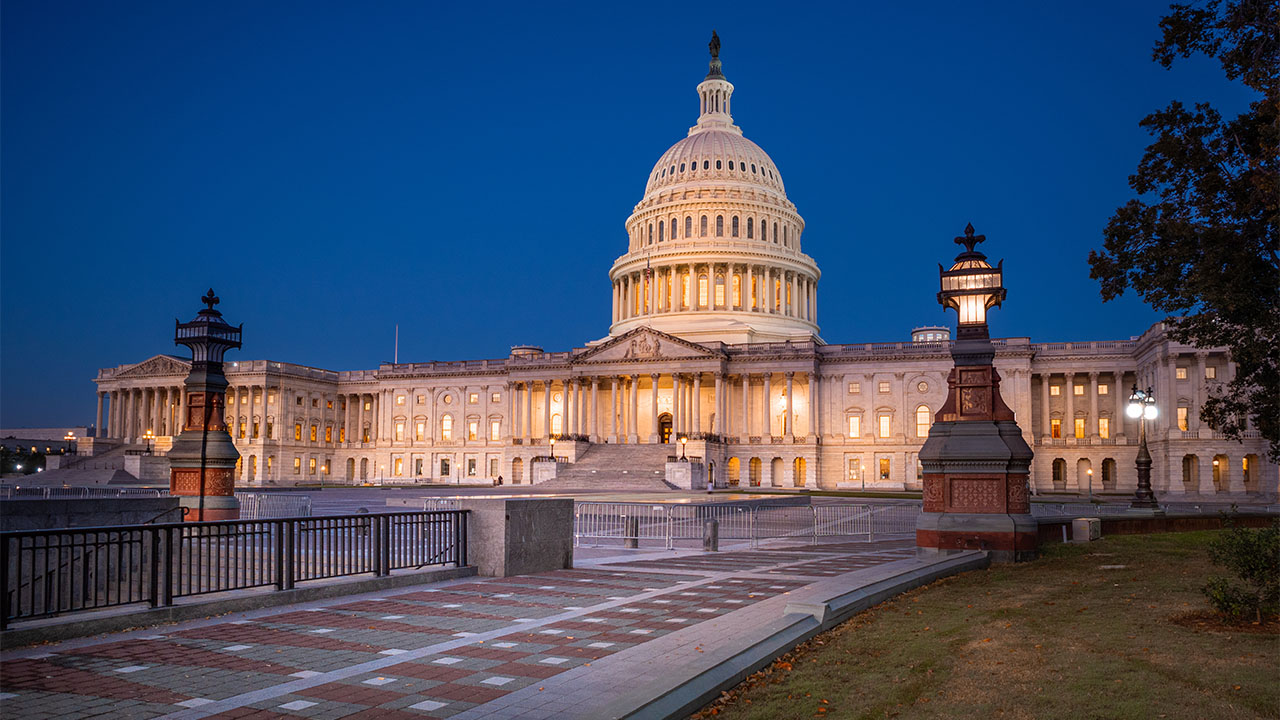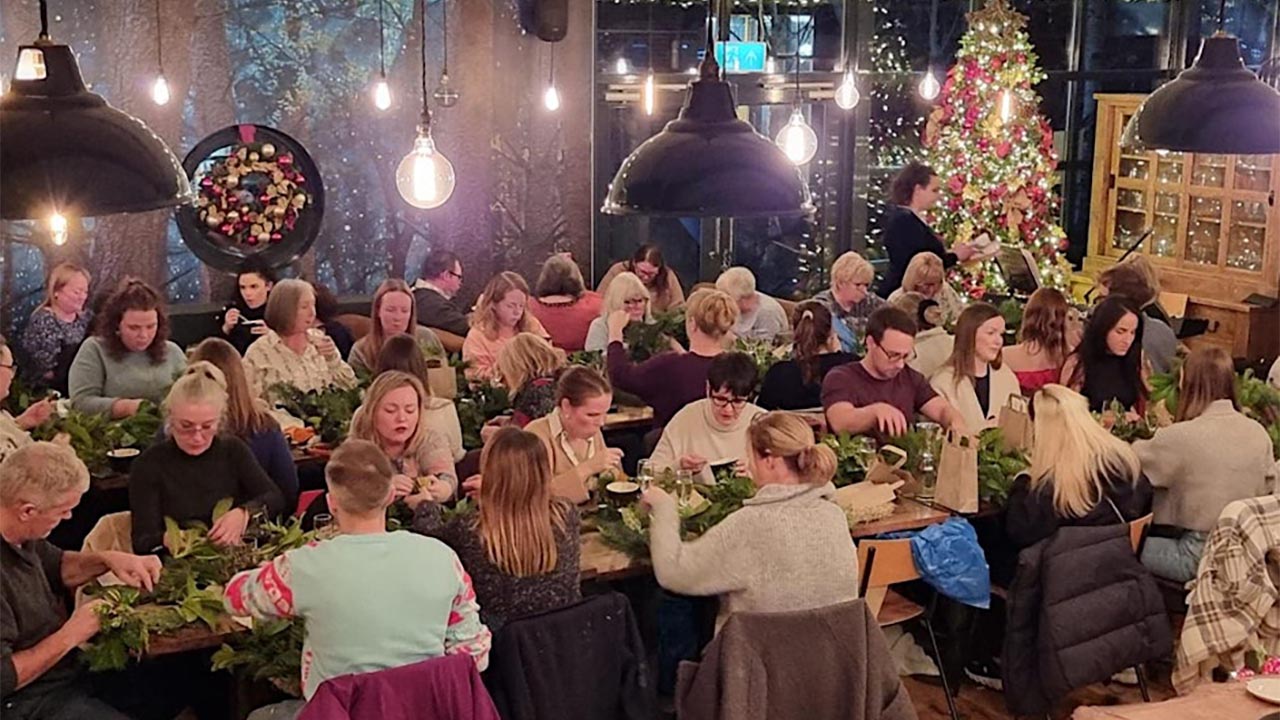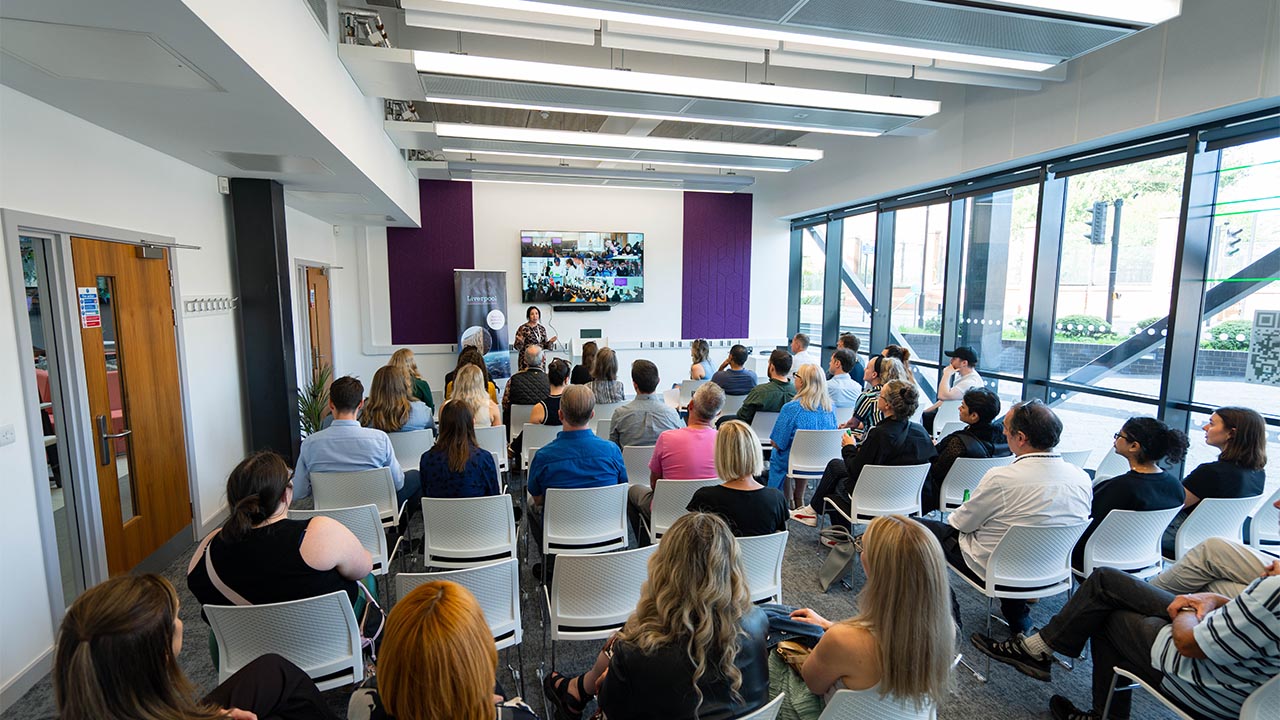The Indians are coming! The Indians are coming!
This week sees the arrival of Indian Prime Minister Narendra Modi to U.S. shores.
This may not initially seem remarkable, after all, world leaders often pop into each other’s countries, lead trade delegations, or attend conferences.
But in these stressed and strained geo-political times, the visit of the Indian Premier to Washington has raised a few eyebrows from Moscow to Mumbai, Karachi to Kiev.
It also fits into a current theme.
American sports and business leaders have been tussling over the past few weeks how best to balance their commercial desires with their social obligations. PGA Golf and its decision to partner with Saudi Arabia’s PIF hit the headlines, and Budweiser, Target and Chick-Fil-A’s toe-dipping into the ‘woke wars’ drew miles of column inches and commentary, spurring product boycotts and consumer outrage.
Modi’s visit also questions our politicians’ ability to get the balance right between their commercial needs and wider social values.
Modi is a complex character. He worked for and still belongs to the Rashtriya Swayamsevak Sangh (RSS), an extreme Hindu Nationalist paramilitary group whose members assassinated Mahatma Ghandi at the dawn of Indian democracy.
Back in 2005, Modi was denied a visa to visit the United States on the grounds of his ‘severe violations of religious freedoms” when he was chief minister of Gujarat state.
He was planning to speak at a huge rally of Indian Americans to raise funds for his then new Bharatiya Janata Party -the BPJ – which had emerged out of the hard right Hindu Nationalist movement. The BPJ had, and still retains, ties to street gangs, radical militia and the Bajrang Dal – a group which recruits young men from the sprawling slums around India’s biggest cities to attack and intimidate Muslim and citizens of other faiths, curiously, often in the name of protecting cows.
According to the New Yorker, Paul Richard Brass, a professor emeritus of political science at the University of Washington, called the Bajrang Dal “a somewhat pathetic but nevertheless dangerous version of the Nazi brownshirts.”
Pathetic or not, these concerns were enough for George W. Bush’s administration to declare Modi – ‘persona non grata’ and deny him a visa.
18 years later, the thousands of murders, deaths and persecution of Muslims, Christians, Bhuddists and others will be swept aside as the rose petals and garlands are laid out to welcome now Prime Minister Modi to D.C.
What has changed? Certainly not the rise of Hindu Nationalism. The Modi Government has overseen a range of new rules and laws which discriminate against ethnic and religious minorities and have prompted a violent rise in mob rule ‘enforcement’ including lynching, stoning and beatings.
So why is President Biden so keen to embrace Modi?
India is now the world’s most populous country, surpassing China, and with tension between Beijing and Washington at a high, Biden is keen to have other options for cheap manufacturing and an export market for US firms to serve India’s emerging middle class.
Apple CEO Tim Cook and FedEx’ boss Raj Subramaniam are part of the welcome committee for Modi.
But ‘big politics’ is in play also.
Modi has retained a relationship with Putin’s Russia, refusing to condemn the invasion of Ukraine, and India is the largest purchaser of Russian coal, oil and gas, undermining the West’s embargo. India relies on Russia for its defence imports too – fighter planes, surface-air missiles and drone technology included – though Russia’s own desperate need for military hardware has made it miss some recent delivery days to customers like India.
Sensing an opportunity, perhaps Biden hopes to turn Modi’s India away from Moscow, and the state banquet being thrown in his honor includes the heads of many US Big Defence companies and contractors.
And weakening Modi’s friendship with China President Xi Jinping, days after Biden called the Chinese Communist leader ‘a dictator’ will also be on the cards.
Indian troops and Chinese troops are in a constant standoff along the Himalaya border, a point Biden’s advisors will surely want to make.
So, while geo-political allegiances and billion-dollar contracts are likely to dominate the news coming out of the Modi visit these next few days, don’t expect to hear much about the Modi administration’s human rights abuses, the institutionalised racism and discrimination rampant in India, the tragic circumstances of the Dalit – the scheduled class widely referred to as ‘untouchables’ -or the environmental damage India is doing to global air, water and land quality.
If Modi is to move closer to the west, it isn’t going to be because we pointed out all his faults and shortcomings. I expect lots of talk about the opportunities to partner and work together to realise India’s economic ambitions, and plenty of business correspondents talking up the huge opportunity for US firms in India.
And, of course, there is the little matter of votes.
The Indian diaspora in America is huge and a powerful voting block.
Indian Americans sit at the top table of many tech and manufacturing firms and direct their political action committees and funds. Indian American politicians are starting to mobilise too – Vivek Ramaswamy and Nikki Haley are two second-generation Indian Americans seeking the Republican Presidential nomination to unseat Biden.
With elections looming in both nations, important stakeholder and funding groups will be invited to attend, view and participate in big ticket dinners and events.
So, hold your nose, enjoy your vegan treats, and wonder at all that saffron coloured fabric.
That, sadly, is politics.



